High-Intensity Interval Training (HIIT) has become a game-changer for cyclists looking to improve speed, stamina, and overall performance. Unlike long, steady rides, HIIT focuses on short bursts of maximum effort followed by recovery periods—training your body to adapt quickly and efficiently. When done right, HIIT can increase aerobic capacity, boost lactate threshold, and enhance neuromuscular coordination—all critical for cycling success.
Whether you're training for a race, aiming to climb hills faster, or simply want to feel stronger on every ride, these 10 results-driven HIIT tips are designed specifically for cyclists. Follow them consistently, measure your progress weekly, and see real improvements in just weeks.
Begin your HIIT journey with manageable intervals. A great starting point is 30 seconds of high effort (85–95% max heart rate) followed by 90 seconds of easy pedaling. Repeat this cycle 6–8 times. This allows your body to adapt to intense efforts without risking injury or burnout.
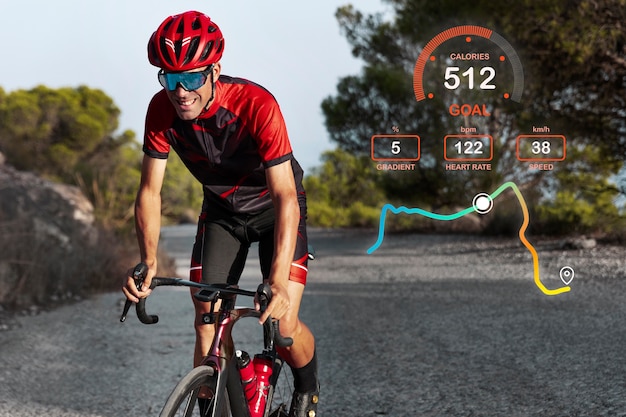
Never skip the warm-up. Spend 10–15 minutes spinning at an easy pace, gradually increasing intensity. This prepares your cardiovascular system and muscles for explosive efforts. After your session, cool down for 10 minutes to help your body transition and reduce soreness.
To track progress, use measurable metrics. A power meter gives the most accurate feedback, showing exact wattage during intervals. If unavailable, a heart rate monitor or Rate of Perceived Exertion (RPE) scale (1–10) works well. Aim for RPE 8–9 during high-intensity phases.
It's not about how many intervals you do—it's about how well you do them. Maintain proper form, cadence (80–100 RPM), and focus during each burst. If your output drops significantly in later intervals, stop. Overtraining leads to fatigue and setbacks.
Limit HIIT to 2–3 sessions per week, with at least 48 hours of recovery between intense workouts. Pair them with endurance rides, strength training, or active recovery. Overloading your schedule reduces adaptation and increases injury risk.
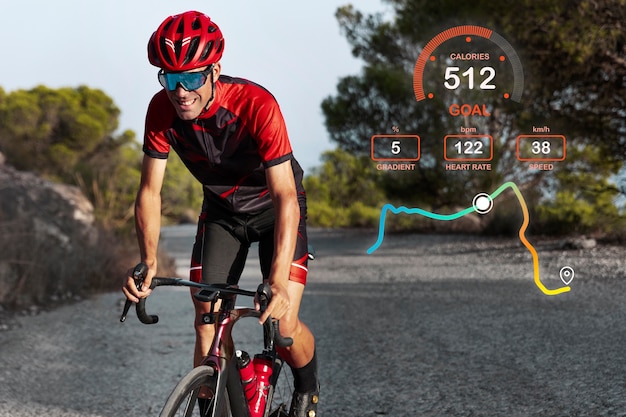
Variety prevents plateaus. Rotate between different interval formats:
If you race on hills, do HIIT uphill. Flat-road racers benefit from seated sprints on level ground. Mimicking race conditions improves neuromuscular efficiency and mental toughness.
Consistency is the key to results. Schedule HIIT sessions like appointments. Even 20-minute workouts count. Use a training log or app to track each session and hold yourself accountable.
Track progress every 7 days. Record:
Improvements in power at lower heart rates or reduced RPE indicate increased fitness.
Stronger muscles support higher power output and injury prevention. Include 2 weekly sessions of lower-body strength training (squats, lunges, deadlifts) and daily mobility exercises for hips, glutes, and lower back—areas critical for cycling efficiency.
HIIT is one of the most time-efficient and effective tools for cyclists. By starting fast, staying consistent, and measuring results weekly, you’ll see measurable gains in speed, endurance, and confidence on the bike.
Remember: progress isn’t always linear. Some weeks you’ll feel stronger; others, you’ll plateau. Trust the process, stick to the plan, and let the data guide your training. With these 10 tips, you’re not just riding harder—you’re riding smarter.

Fitness

Fitness

Fitness

Fitness
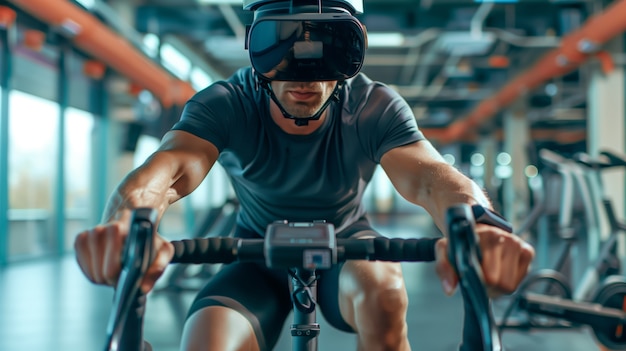
Fitness
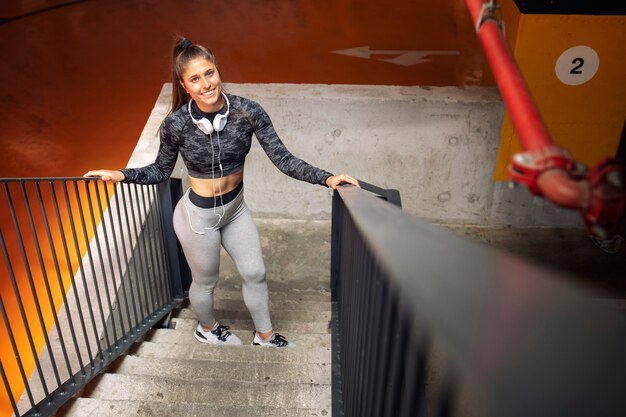
Fitness
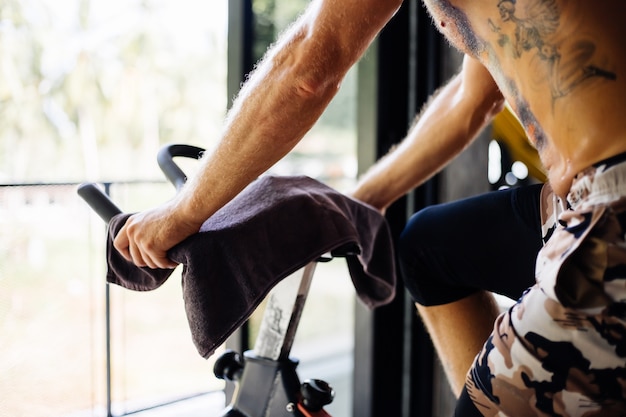
Fitness

Fitness

Health

Fitness

Health

Health